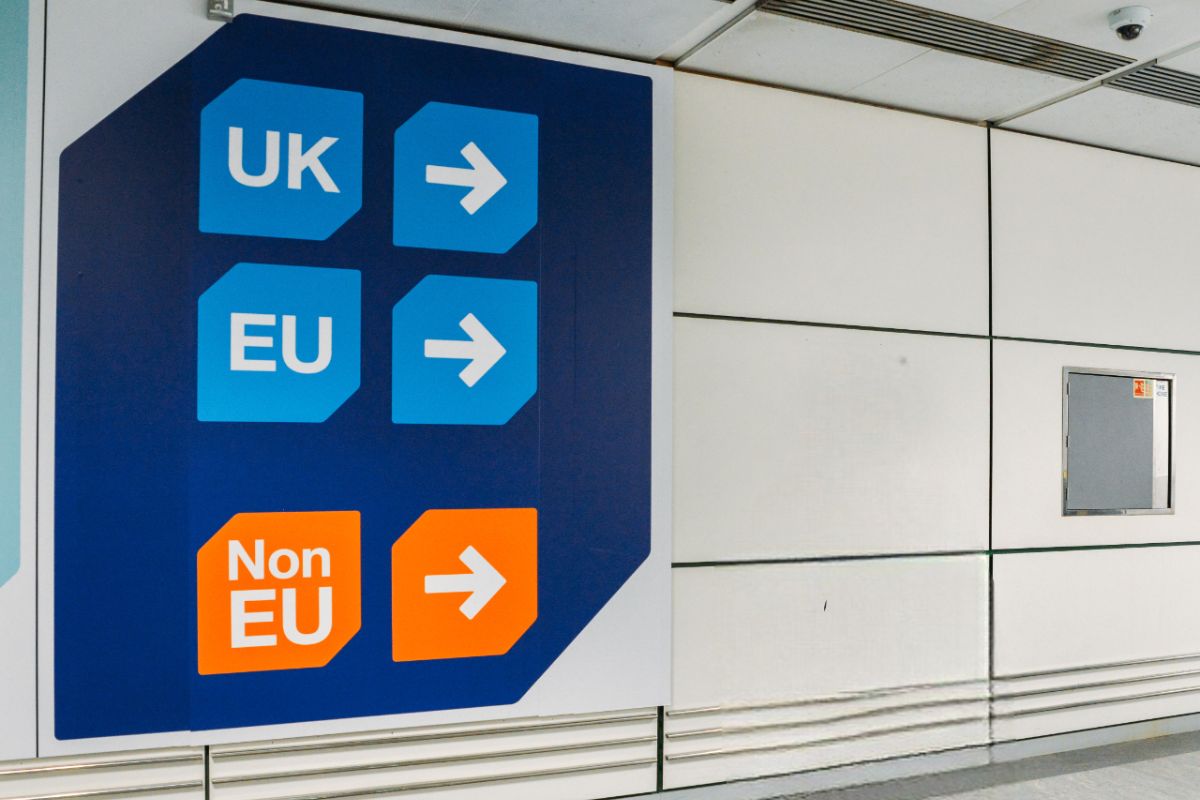Travellers heading to Europe should mark their calendars as the European Union has officially set October 12, 2025, as the start date for the much-anticipated Entry/Exit System (EES).
This EES will fundamentally change how non-EU visitors are processed at Europe’s external borders. After several delays and technological hurdles, EU authorities are rolling out the system to strengthen border management and enhance security across the Schengen Area
Alongside this, the European Travel Information and Authorisation System (ETIAS), often compared to the U.S. ESTA, is now expected to follow in late 2026.
What is the Entry/Exit System (EES)?
The Entry/Exit System (EES) is an automated IT system designed to register non-EU nationals who are travelling to or from the Schengen Area for short stays (up to 90 days in a 180-day period).
It replaces manual passport stamping with a digital system that records:
- The traveller’s name and passport details
- Biometric data (fingerprints and facial image)
- Dates and locations of entry and exit
The goal is to tighten border security, catch overstayers, and speed up processing for legitimate travellers.
Official Launch Date: October 12, 2025
The European Commission has confirmed the EES will go live on October 12, 2025, after years of delays and infrastructure issues. But the launch won’t happen overnight.
How Will the EES Be Rolled Out?
The Entry/Exit System (EES) will be introduced in phases over a 180-day period:
- Initial Phase: Only a small percentage of border crossings will use EES.
- Progressive Expansion: Over time, more border points will switch to the new system.
- Full Deployment: By the end of the 180 days, 100% of applicable border crossings will be covered.
The collection of biometric data (fingerprints and facial scans) will also ramp up gradually during this period. However, the start date for this phased rollout is still unclear, so travellers should monitor updates closely.
What is ETIAS and When Will It Start?
European Travel Information and Authorisation System (ETIAS) is a pre-screening travel authorisation system for visitors from visa-exempt countries. Think of it like a European version of the U.S. ESTA or Canada’s eTA.
It will apply to non-EU nationals who don’t need a visa to enter the Schengen Area, including citizens of the UK, US, Canada, Australia, Japan, and many more.
Key features of ETIAS:
- Required before travelling to Europe
- Simple online application
- Valid for three years or until your passport expires
- Costs €7 for most travellers
New Timeline for ETIAS: Now Expected in Late 2026
While ETIAS was originally set to go live in 2025, the European Council announced on March 5, 2025, that it will likely launch in the last quarter of 2026.
This delay is tied directly to the EES. Since ETIAS relies on EES data, any hold-up with EES affects ETIAS. The proposed ETIAS launch date is not yet official, as it still needs approval from the European Parliament.
ETIAS Fee Likely to Increase to €20
The ETIAS fee, originally set at €7, is now expected to rise to around €20. EU officials have hinted at the adjustment due to rising operational and administrative costs.
How Will ETIAS Be Implemented?
Once ETIAS launches, there will be two important buffer periods:
- Transitional Period (First 6 months): Travellers can still enter the EU without an ETIAS, as long as they meet all other requirements.
- Grace Period (Next 6 months): First-time travellers entering the EU since the transitional period can still enter without ETIAS. However, repeat travellers will need to have an approved ETIAS authorisation to enter.
These periods are designed to help travellers adjust and reduce airport chaos during the initial rollout.
What This Means for Travellers
If you’re planning a trip to Europe in late 2025 or 2026, here’s what to keep in mind:
- Starting October 12, 2025, expect biometric checks and automated entry/exit records at EU borders.
- Have extra patience during the EES rollout, queues may be longer as border officers adjust.
- ETIAS won’t be required until late 2026, but once it’s live, you’ll need to apply online before your trip.
- Check with your airline or travel advisor regularly, as entry requirements will shift during this transitional phase.
Final Thoughts
Europe is finally putting its long-delayed border control systems into motion. The EES will be the first to go live in October 2025, marking a big change in how travellers are screened and tracked at EU borders. ETIAS will follow in late 2026, adding a layer of pre-travel authorisation for visa-free visitors.
Follow and connect with us on Facebook, Twitter, LinkedIn, Instagram and Google News for the latest travel news and updates!
